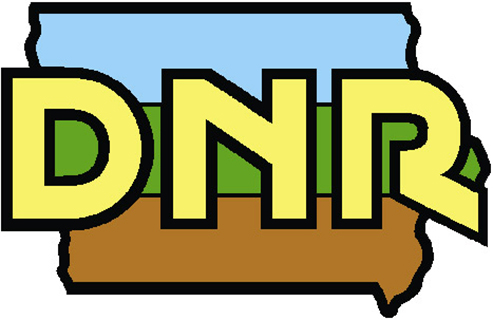By Dar Danielson (Radio Iowa)
The 100th pheasant season opened Saturday in Iowa for a sport that Iowa DNR wildlife biologist Todd Bogenschutz says had a humble start.
The first pheasants were released from William Benton’s wild game farm near Cedar Falls in 1901 when a storm wrecked their pen. The bird population continued to grow to a point where the State Conservation Commission got complaints of crops being damaged and started to take action. “Game wardens at the time we’re asking land owners to pick up wild eggs in the field or trap wild pheasants in1925, with 60,000 eggs and like 7,000 wild birds that were picked up and delivered to other areas of the state without pheasants,” he says.
The state also started the first pheasant hunt the same year. “Maybe 75,000 people participated in that first season in 1925. It was 13 counties in north-central Iowa,” Bogenschutz says. “It was a three-day season, you could only hunt from 8:00 a.m. to noon, and that was a three rooster bag limit.” Bogenschutz says they didn’t have any survey back then but he guesses around 250,000 birds were taken.
Bogenschutz says there weren’t large mechanized farms with fence row to fence row planting back then, and the landscape was perfect for pheasants to thrive. “Half the ag landscape either being small grains or hay or pasture, and then corn was the major crop,” he says. “The other crops besides the small grains were, you know, people were growing beets and sweet clover for seed, and a lot of things that you don’t see anymore today. But yeah, that combination of small fields and that much grassy cover. obviously grew a lot of pheasants.”
Surveys soon found hunters taking one million or more birds. Bogenschutz says soybeans started becoming really popular in the 60s and more so in the 70s and that led to a big decline in small grains and hay. “Like from the mid 1950s to about 1980. And so now we’re kind of a corn soybean rotation instead of a corn old hay rotation, so that has impacts on the number of birds that we could grow,” he says.
Bird numbers swung back up during the farm crisis of the 1980s that led to the creation of the Conservation Reserve Program that paid farmers to take less desirable land out of production, creating more grassland. “That was a big boon for pheasants and I on our harvest again approached. You know 1.2 to one and a half million birds,” he says.
Weather has been the other factor that has impacted the pheasant season. Bogenschutz bad winters and springs from. 2007 to about 2011 sent bird numbers way down. )”That was a very unique time frame for us there and it really drove our populations down. We’ve kind of been on an upward trend since then and Mother Nature has been relatively cooperative to us,” Bogenschutz says.
The 100th season started Saturday and will run through January.




